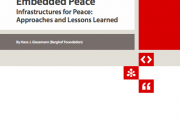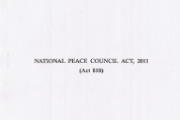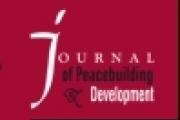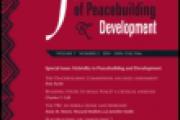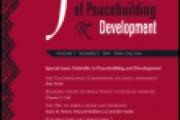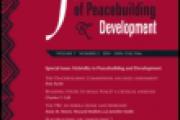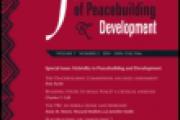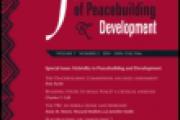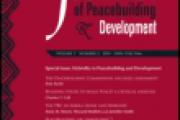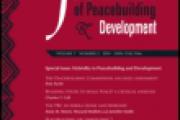Infrastructures for Peace
Building resilient and peaceful societies requires having in place functional structures, constructive social relationships, and institutions to resolve differences through dialogue. Understanding how and where tensions might arise in order to respond before they erupt into violence is critical for national capacities to be sustainable. Infrastructures for Peace (I4P) are key to this support, allowing a society to build a nationally owned and inclusive framework to address and mitigate violent conflicts.
Success stories have emerged from countries across Africa, Latin America, Eastern Europe and Central Asia. For instance, I4P have contributed to significantly reduce tensions and violent conflict over distribution of land and natural resources, enabled peaceful elections, broadened the base for peace in formal negotiations processes, and helped monitor peace agreements.
Defining Infrastructures for Peace
As an evolving concept, there is no standard definition or model for I4P. Most definitions however include reference to a dynamic set or network of skills, capacities, resources, tools and institutions that help build constructive social relationships and enhance resilience of societies against relapse into violence. It is important to note that I4P are not new, while some countries are pioneering the establishment of more formal I4P, such structures have always existed in some form.
In a meeting in Naivasha, Kenya, in February 2010, representatives of governments, political parties, civil society, and UN Country Teams from 14 African countries agreed on a definition of infrastructures for peace (I4P):
“dynamic network of interdependent structures, mechanisms, resources, values, and skills which, through dialogue and consultation, contribute to conflict prevention and peace-building in a society.”
The use of the term "infrastructures" does not necessarily relate to physical constructions, but rather refers to institutions, processes, policies, as well as constructive relationships.
Peace infrastructures can take various organizational forms, as they are shaped by local culture, institutional traditions and needs of a particular context. Common examples of structures for peace include: local peace committees; national peace platforms; government departments or ministries of peace that support and develop strategies for peacebuilding; conflict analysis and early warning and response systems; development of conflict management skills including through
insider mediators; as well as policies and initiatives promoting a shared culture of peace.
There is a growing interest in peace infrastructures, which stems from the understanding that preventing violence before it arises is cost-effective, its proven record of impact, and that all efforts to be sustainable must be nationally-led. The diversity of forms I4P takes in practice allows it to be presented as an umbrella concept to various tools and strategies used for conflict prevention and peacebuilding.
I4P in Practice
In Ghana, in the lead-up to elections in 2012, the national and local peace infrastructure was strengthened by providing mediation training, conflict prevention advice and support to the National Peace Council, police and election officers. These groups were then able to intervene to defuse potential violence, helping to ensure peaceful elections and a successful presidential transition in December 2012. The peace council has now been established by law as a permanent conflict management body for Ghana and the model is being replicated in Uganda and Zimbabwe. Read case study.
In Kyrgyzstan, following violence and the escalation of tensions after the April 2010 regime change, local and national peace councils were established who, together with government and other members of civil society, jointly analyze conflict trends, and act as mediators on contentious issues. Furthermore, In order to help reduce tensions around the Kyrgyz-Tajik and Kyrgyz-Uzbek borders, cross-border working groups were established who meet to address farmers' use of cross-border grazing lands and trade.
In 2016, 37 local peace committees were established across Togo. The local peace committees gather religious leaders, traditional chiefs, retired policemen, teachers, and other key local stakeholders to manage conflicts in their community. Members of the local peace committees were trained on conflict prevention and resolution. The members of the peace committees now serve as Insider Mediators and early warning monitors in their respective prefectures, representing the first point of call for conflict prevention efforts at the local level.
In the aftermath of the political transition in Tunisia in 2011, a locally-led model for political and social dialogue was designed, giving political factions and civil society organizations more voice in the development of the new government and constitutional process. Read case study.

